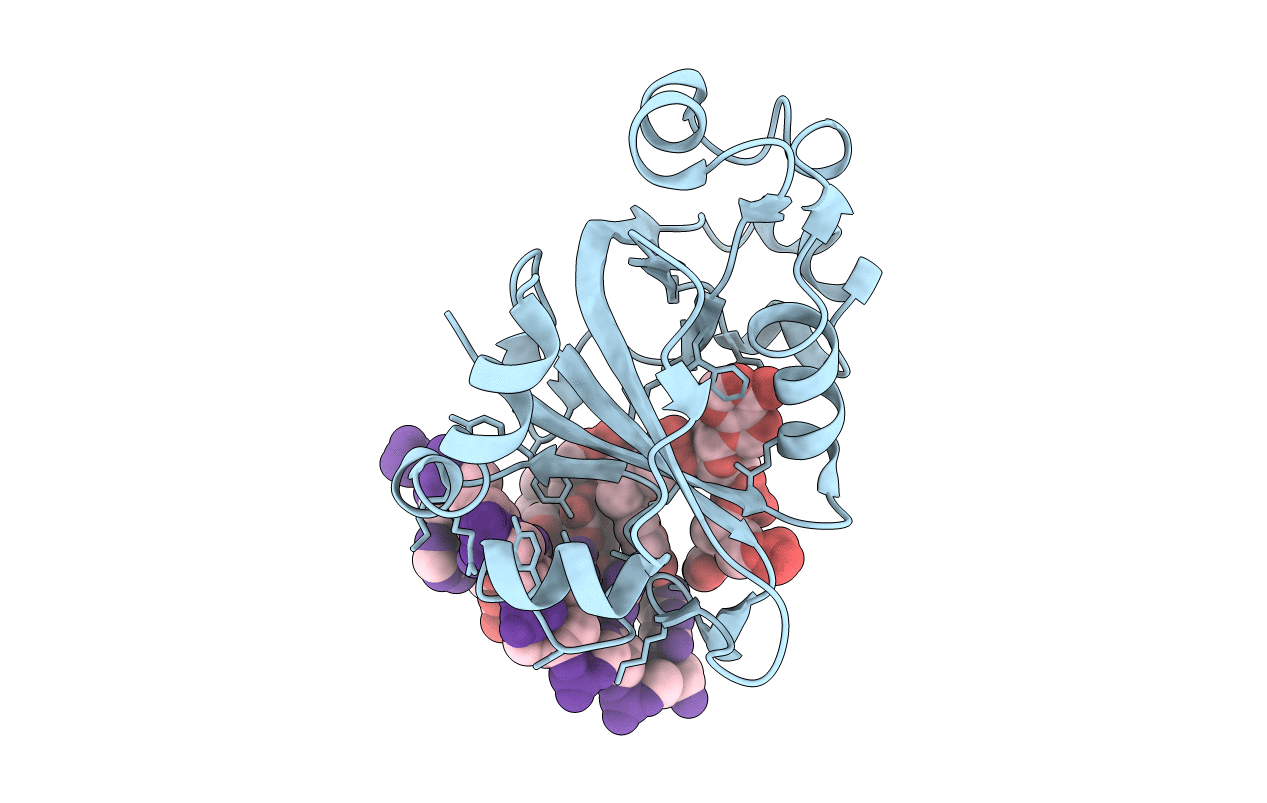
Deposition Date
2019-05-17
Release Date
2019-12-18
Last Version Date
2024-10-23
Entry Detail
PDB ID:
6P0G
Keywords:
Title:
N-terminal domain of Thermococcus Gammatolerans McrB bound to m5C DNA
Biological Source:
Source Organism:
Thermococcus gammatolerans (strain DSM 15229 / JCM 11827 / EJ3) (Taxon ID: 593117)
synthetic construct (Taxon ID: 32630)
synthetic construct (Taxon ID: 32630)
Host Organism:
Method Details:
Experimental Method:
Resolution:
2.27 Å
R-Value Free:
0.28
R-Value Work:
0.23
R-Value Observed:
0.24
Space Group:
P 21 21 21


